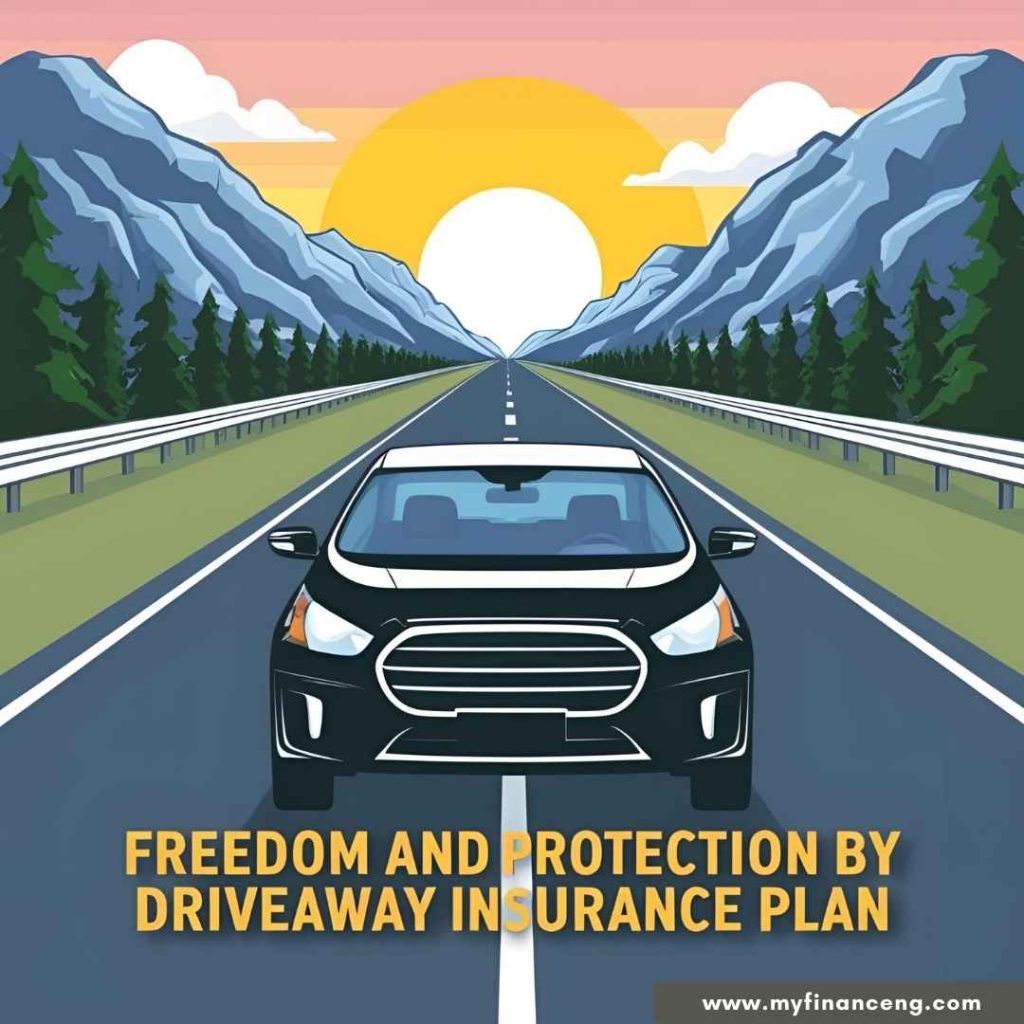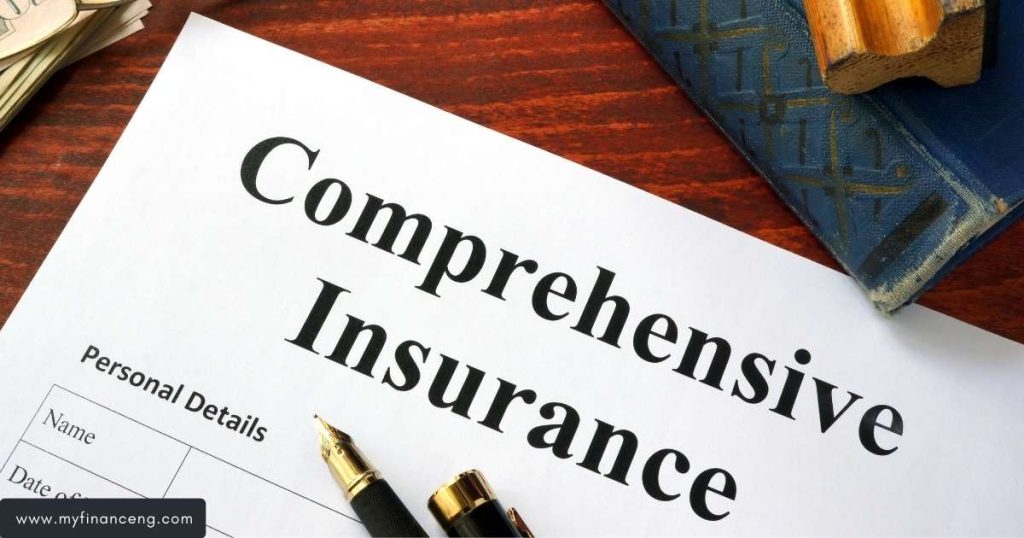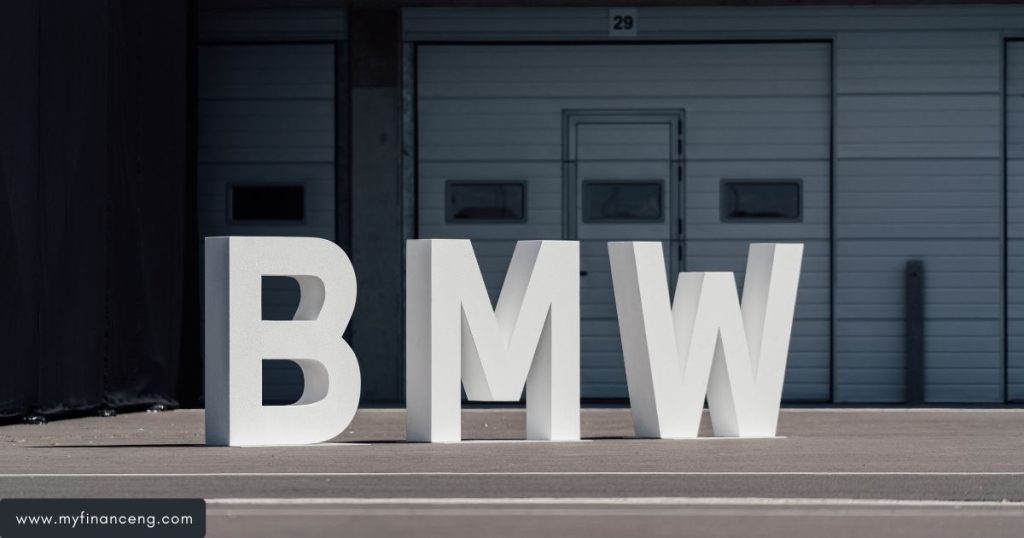1. Introduction
Learn about driveaway insurance, car insurance requirements, and the essential coverage you need when traveling. Get the right protection for your vehicle and journey with our helpful guide.
There are countless things you have so that you can arrive at your destination safely. Driveaway insurance is a specialty policy for drivers of a temporary required vehicle, such as during car relocation services and car deliveries.
This insurance, at its most basic level, will cover the general driver and vehicle. At the same time, they’re being transported or relocated, meaning they will have peace of mind whether they’re driving far away or simply into a parking lot in a friend’s car.
1.1. What is Driveaway Insurance?
Driveaway insurance provides temporary auto coverage for drivers relocating a vehicle for a limited period. It includes coverage for the vehicle owner, driver, and cargo (if applicable), unlike standard car insurance policies.
Individuals must drive vehicles that don’t belong to them, like delivery service or car relocations.
1.2. What Is Driveaway Insurance and Why Is It Important?
If you’re hauling someone else’s vehicle (or driving long distances), a standard car insurance policy may not offer sufficient coverage.
Driveaway insurance bridges that gap, offering coverage for accidents, damage, or injuries that might surprise you in the middle of your trip.
It also protects the driver and vehicle from financial setbacks in the event of an accident happening.
2. What you need to know about driveaway insurance
Before choosing a plan, you must understand how drive-away insurance works and what it covers.
2.1. What Is Covered by Driveaway Insurance?

Driveaway insurance usually covers collision damage, third-party liability, and theft. If you have an accident, the policy will pay for repairs, medical bills, and damages to third parties.
Some policies offer roadside assistance, personal injury protection, and rental car reimbursement, too.
2.2. What are Driveaway Insurance Programs?
How Much Coverage Do You Need? Specific Types of Plans There are two main types: single-trip and multi-trip policies.
Single-trip insurance works well for one-off moves or drives, while multi-trip plans offer coverage for more frequent drivers. Knowing what type is right for you will save you time and money.
3. Things to Look for While Opting for Driveaway Insurance
There are several personal and practical factors to consider when selecting the right policy. It’s not simply about getting the cheapest thing, but one that fits your driving habits and requirements.
3.1. Your Driving Habits
Think about the number and type of trips you make. A more comprehensive policy may be necessary if you regularly drive long distances.
If you’re only doing occasional trips, a short-term or temporary policy may do the trick.
3.2. Coverage Requirements
Determine what kind of coverage you want. If your car is in high-value or uglier areas, you would want comprehensive coverage, including private accident security or theft.
3.3. Insurance Deductibles
Be aware of any deductibles required. Rising deductibles often correlate with lowered premiums, which means you will have to pay more out of your pocket when an incident occurs. Finding a balance between your deductible and premium is a key decision.
3.4. Geographic Coverage
It covers the areas you will be driving. Specific plans only work in specific areas or don’t cover specific locations at all.
4. What to Look for in a Driveaway Insurance Plan
The right features in your plan can significantly boost your experience and reduce risks.
4.1. Comprehensive Coverage

In addition to collision protection, comprehensive coverage protects you from damage to your vehicle caused by non-collision events, like theft or natural disasters. This is especially helpful for long-distance drivers.
4.2. Third-Party Liability
Third-party liability covers injury or damage to others if you cause an accident. This is an essential feature of any driveaway insurance plan, as it offers you and other road users financial protection.
4.3. Personal Accident Coverage
This feature covers injuries you could sustain while driving. This is critical for protecting your health and finances if you’re driving for long periods.
4.4. Roadside Assistance
Roadside assistance: This can save your life if you experience some mechanical failure or emergency. It’s a bonus to help soothe anxiety when cruising in unknown environments.
5. How to Compare Driveaway Insurance Providers
They do not all have the same level of service or coverage. A bit of research can pay big dividends.
5.1. Reputation of the Insurance Company
Read reviews and testimonials to assess the insurance company’s reputation. Established companies will likely provide good service.
5.2. Customer Service and Support
Good customer service is critical, particularly when you want assistance with claims or adjustments to your policy. Having a team that you can rely upon to respond to your needs can significantly improve your experience.
5.3. Claims Process
Look into the claims process. In the unfortunate event of an accident, a company that has a straightforward and efficient claims procedure can save you a lot of stress.
6. How to Estimate Your Insurance Costs

You’ll have to estimate what the costs will be before you commit to an insurance plan.
6.1. Premium Rates
Premium rates differ based on the coverage level, driving history, and other metrics. Be sure to ask several providers for quotes so you can compare prices.
6.2. Discounts and Incentives
Most insurance companies will provide discounts for safe driving, bundled policies, or low mileage. It never hurts to ask if such discounts apply to you.
6.3. How Your Premium Depends on Deductibles
Higher deductibles generally mean lower premiums, which means you will pay more if something goes wrong. Finding the right amount will depend on your budget and comfort level.
7. Short-Term vs Long-Term Plans
7.1. When Is Temporary Driveaway Insurance Useful?
Short-term policies are designed for the one-time move or trip of a short duration. They offer essential coverage without the gut of a long-term plan.
7.2. The Upsides And Downsides Of Long-Term Planning
Long-term plans are cheaper for active drivers as they give good coverage at stable prices. But they can be costly for drivers who don’t require uninterrupted coverage.
8. Supplemental Driveaway Insurance Coverage Options
Beyond the basics, a few other coverage types may be worth exploring.
8.1. Theft and Vandalism Coverage
If you drive through high-risk theft areas, this coverage protects you if your property is lost or damaged by criminal activity.
8.2. Lived Analysis of Weather and Natural Disasters
Driving through severe weather can damage your vehicle. Since flooding or hailstorms are considered weather-related incidents, having coverage that encompasses it can be a relief.
9. Legal and Regulatory Factors
Before heading on the road, make sure you’re following any legal requirements.
9.1. Driveaway Insurance: Legal Necessities
Different laws regarding insurance coverage may apply in different states and/or countries. Check local legal requirements at all times.
9.2. National and State Inclusions & Exclusions
Rules can vary depending on where you’re driving. Plans can vary between states or countries, so ensure your plan is suitable for passing through any state or country on your travels.
10. Reviews and recommendations play an important role
Your choice can be guided through customer reviews and recommendations.
10.1. How to Locate Reliable Reviews
Read all relevant reviews from reputable sources, like independent insurance comparison sites, to help determine the provider’s reputation.
10.2. Why Word-of-Mouth Recommendations Matter
Don’t overlook recommendations from friends or family. Their own experiences can be pretty enlightening.
11. Your Driveaway Insurance Plan: Why Customization Matters
Personalizing your insurance plan guarantees you are adequately covered per your unique needs.
11.1. Customize Coverage to Better Serve You
Make sure your coverage reflects the risks of your driving situation. For example, if you are driving a costly automobile, you will need further coverage.
11.2. Adapting to Certain Driving Conditions
Your plan of insurance should take into consideration any special circumstances, such as frequent highway driving or city congestion.
12. Driveaway Insurance: Common Mistakes to Avoid When Choosing
12.1. Underestimating Coverage Needs
Some drivers choose as low coverage as they think is sufficient. But if you are not sufficiently protected, you could incur severe costs.
12.2. Focusing Only on Price
Now, sometimes, price is not on the bright side of comparison, and it can not be the only consideration of choice. Make sure the policy provides good coverage.
12.3. Ignoring Fine Print
Always read the fine print. No worries — exclusions and limitations will have a significant effect on your protection and financial well-being.
13. How to Review Your Driveaway Insurance Policy Each Year
Policies do change, so making sure you have the coverage you need is an important step.
13.1. When and How to Review Your Coverage
Review your policy each year to see if it matches your driving habits and coverage needs.
13.2. Essential Questions to Consider in a Review
Inquire if your current policy covers all possible risks, if you can lower your premium, and if new features can be added.
14. Does BMW Offer Drive Away Insurance?

BMW itself doesn’t offer “driveaway insurance” specifically but does provide a range of options through its partnered providers, who may offer coverage for those moving their cars to a different location or deliveries.
Usually, these plans would cover the car in transit, meaning it not only covers the driver but also the vehicle itself while it is being shipped.
15. Do you need car insurance to drive around?
Mostly, if you drive around, you will need car insurance (or something similar) by law, based on your location.
The minimum requirement is often liability insurance, which covers damages you cause to others or property. Full coverage auto insurance usually includes liability and personal injury protection.
Still, comprehensive and collision coverage is also suggested for full coverage, which would help to cover damage to your car in cases of an accident, theft, or natural disaster.
16. What insurance do I need when traveling? need paragrapg
When it comes to traveling, the coverage you need varies based on the type of trip. Car insurance is essential for domestic travel, whether renting or driving your vehicle.
For international travel, it’s advisable to research travel insurance that includes health care coverage, trip cancellations, lost luggage, and emergencies.
International Driving: If you’re driving overseas, confirm that your car insurance plan extends to international travel, or, if necessary, you should review any extra coverage, such as with a rental car insurance plan.
17. Conclusion
Unfortunately, this is also when many drivers discover they need additional insurance for their trip and pick an unsuitable driveaway insurance plan to serve their needs.
Whether you choose a short-term or long-term package, the appropriate coverage can safeguard you, your automobile, and your pocketbook.
Do your research, gauge your particular needs, and choose a plan with sufficient coverage for your trip.
17.1. Additional Tips for Selecting an Ideal Driveaway Insurance Plan
- When comparing options, make sure you take both price and coverage into consideration.
- Feel free to request discounts or incentives.
- Regularly review your policy to ensure you get the most for your money.
17.2. The Importance of the Correct Insurance
Carrying the proper driveaway insurance allows you to operate a vehicle worry-free, knowing you’re always protected in case of the unexpected.

